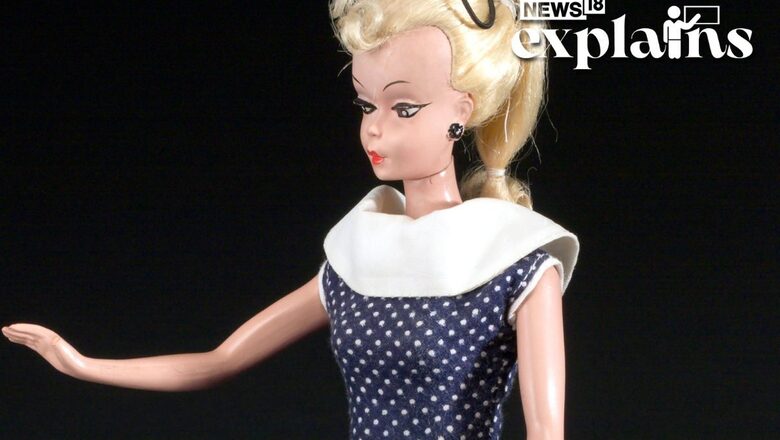
views
Greta Gerwig’s film “Barbie” is releasing this Friday, garnering a lot of attention from fans over the decades who have cherished the toy in their childhood. She takes a lighthearted and vibrant approach, reimagining the beloved childhood doll in a candy-colored world. Despite its seemingly cheerful and whimsical nature, Gerwig’s directorial prowess suggests that there may be more depth to the film than meets the eye.
However, amid the film’s promotion, let’s take a look at the history of the Barbie doll:
In March 1959, an extraordinary doll named “Barbie” made her debut in the American toy market. With her distinctive black-and-white striped bathing suit, red lips, and stylish blonde ponytail, this 11-inch plastic figure named Barbara Millicent Roberts captured the hearts of children and became an enduring symbol in the world of toys.
The Mind Behind Barbie
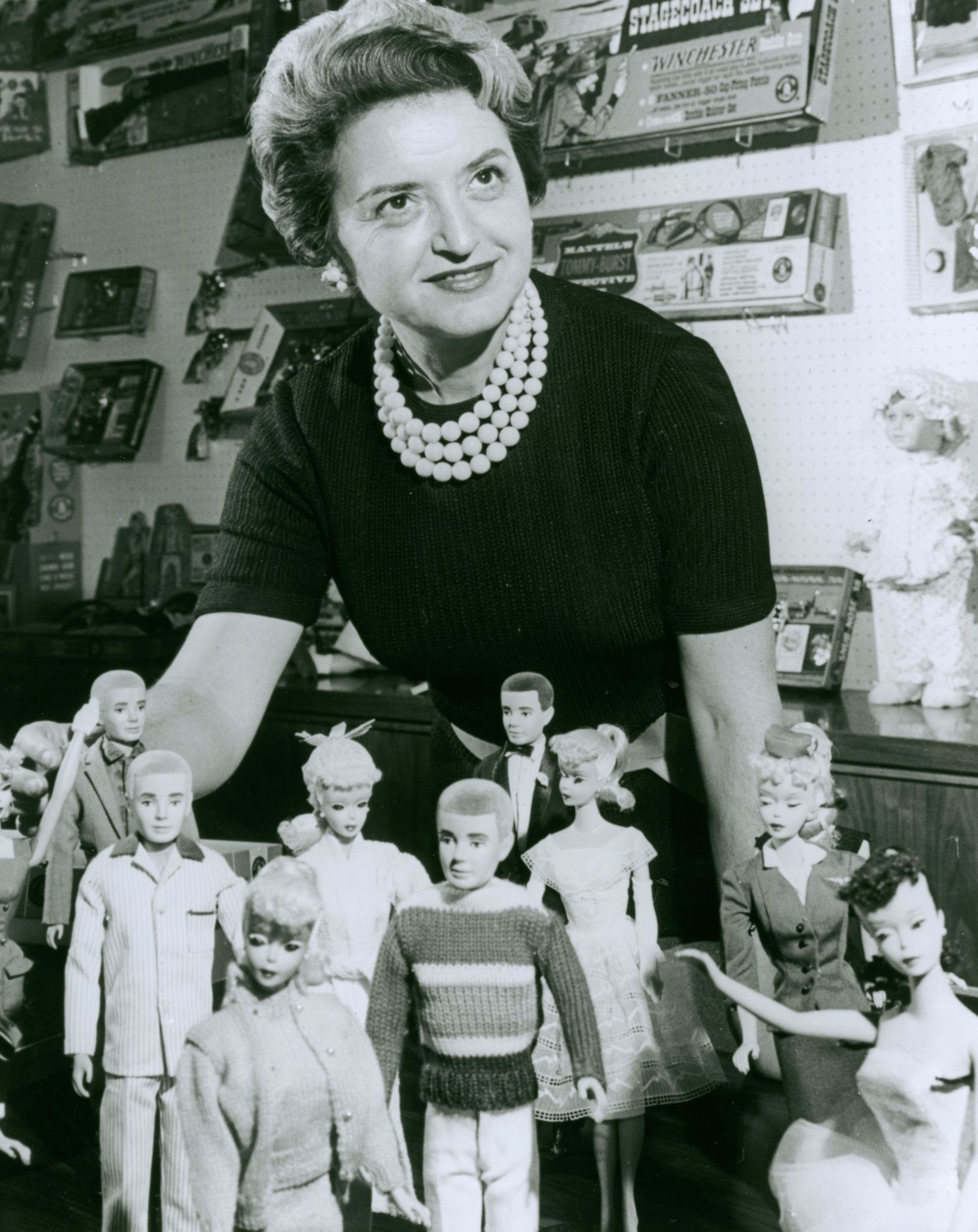
Ruth Handler, the co-founder of Mattel, Inc., along with her husband Elliot, conceived the idea of Barbie. Inspired by observing their daughter engrossed in make-believe play with paper dolls representing adult women, Ruth Handler recognized an untapped market for the toy, as per a report by History.com.
Influenced by ‘Racy Gag Gift’
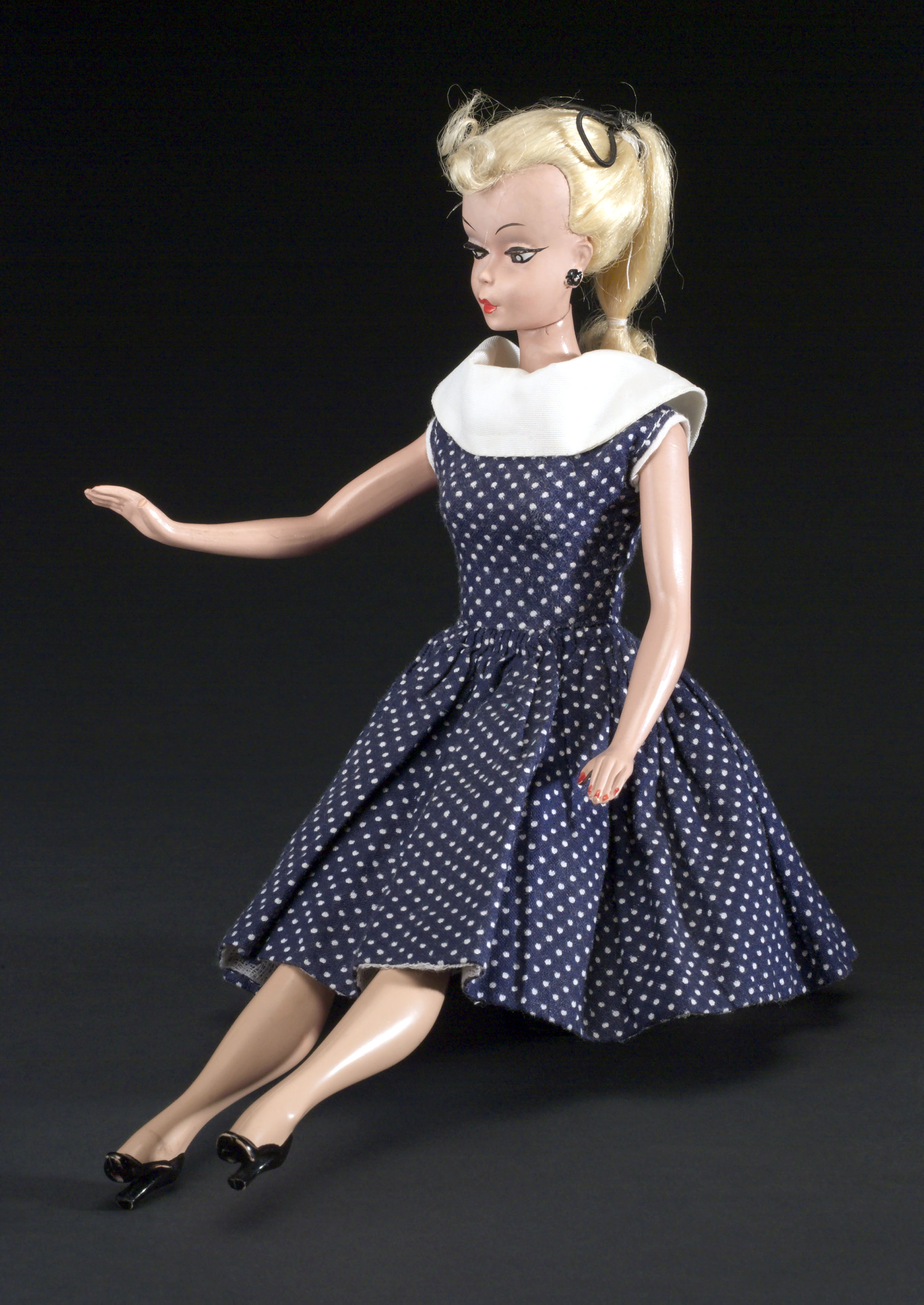
Barbie’s appearance drew inspiration from a doll called the Bild Lilli, which was based on a German comic-strip character. Initially sold as a racy gag item in tobacco shops for adults, the Lilli doll gained immense popularity among children. Recognizing its potential, Mattel acquired the rights to Lilli, and Ruth Handler put her own unique spin on the concept, as per the report.
On March 9, the First Barbie is Born
Barbie, the iconic doll, celebrates her official birthday on March 9, 1959, marking the day she was introduced to the world, as per the report. Ruth Handler, the creator of Barbie, envisioned the doll as a reflection of the era, capturing the allure and glamour of 1950s stars like Elizabeth Taylor and Marilyn Monroe.
In its debut year, an impressive 300,000 Barbie dolls were sold. The initial price for a Barbie doll was $3.00, but nowadays, a pristine condition #1 doll can fetch a staggering price of over $25,000 in the collector’s market.
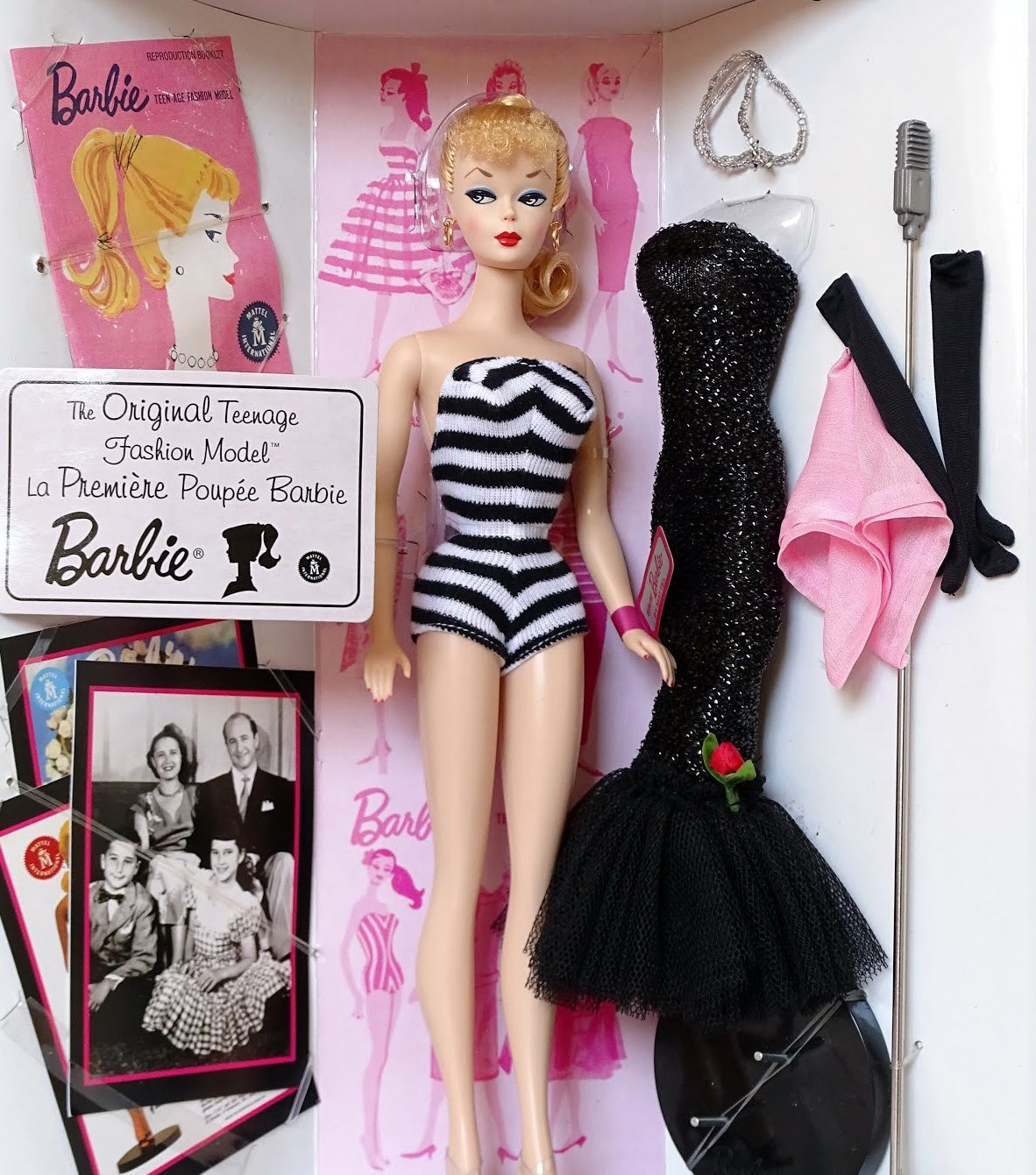
Inspired by the glamour and allure of 1950s movie stars, the original Barbie doll made a striking impression with her fully made-up face. Adorned with red lips, black eyeliner, and precisely arched eyebrows, she exuded a sense of sophistication. The doll sported a fashionable strapless swimsuit featuring zebra stripes, and her hair was styled in a chic Audrey Hepburn-esque ponytail, as per a report by Culture Trip.
Then Came Ken, the Boyfriend
As per a report by Forbes, shortly after Barbie’s introduction, the demand for a companion led to the creation of Ken in 1961. Named after Ruth and Elliot Handler’s son, Kenneth, Ken quickly became a beloved character in the Barbie universe. Unfortunately, Kenneth Handler passed away at the age of 50 in 1994, while Barbara Handler, now 82, continues to witness the legacy of their creation.

Barbie’s success had a significant impact on Mattel’s financial performance during the 1960s. According to industry expert Neil Gerber, owning Mattel stock during that era meant receiving double-digit returns each year, as per the report. However, the following decade brought challenges for the Handlers. Ruth Handler, who had been diagnosed with breast cancer, resigned from Mattel in 1975. This was followed by her and several other former Mattel executives being indicted by the Securities and Exchange Commission for making false financial statements. Eventually, Ruth Handler pleaded no contest.
Despite some challenging years in the 1980s, Barbie experienced a resurgence. During this time, Barbie took on various careers, including an aerobics instructor, cashier, travel agent, and veterinarian. In 1991, Mattel’s chairman, John Amerman, stated that it took 28 years for Barbie’s sales to reach $430 million, but in just three years, they soared to $700 million. At that time, Barbie accounted for half of Mattel’s total sales, reaffirming her status as an integral part of the company’s success.
Barbie Enters the 2000s
As per the Forbes report, during the 2000s, Barbie embarked on her digital journey, entering the realm of technology and entertainment. Under the leadership of Dickson, Barbie Entertainment was established. The brand’s first foray into the film industry resulted in the release of the animated feature “Barbie In The Nutcracker” in 2001. Simultaneously, Barbie.com, her inaugural website, was launched, marking a significant step into the digital era.
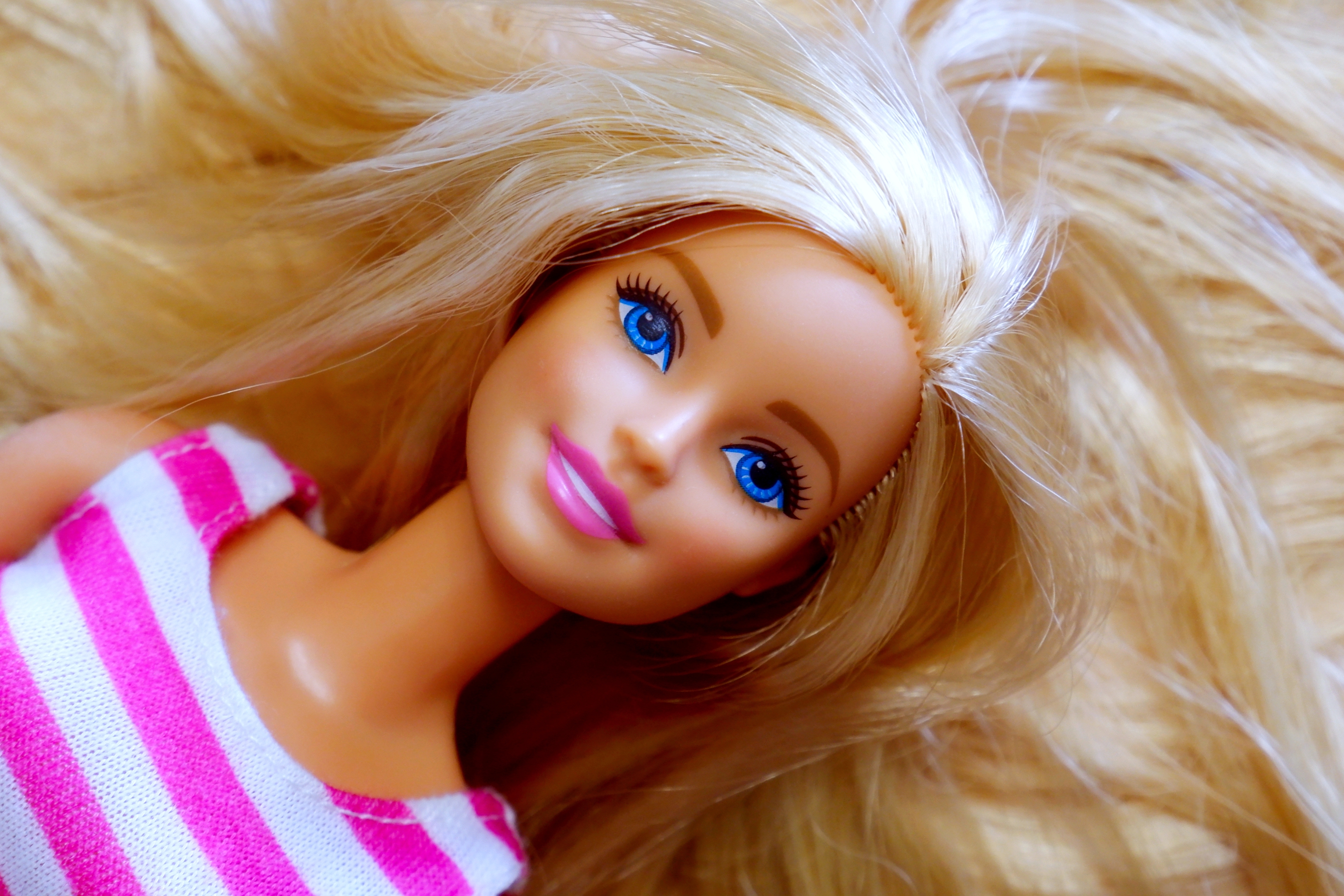
However, Mattel faced challenging times in the early 2010s, prompting Dickson to rejoin the company in 2014. At that point, Barbie was grappling with its lowest sales volume in 25 years, generating only $900 million in revenue. The decline in Barbie’s popularity became evident when headlines such as “Is Barbie Dead?” started to surface, even making their way to major news outlets like CNN, as per the report. The traditional beauty standards that Barbie had epitomized for over five decades—thin, white, and blonde—no longer resonated with consumers. The perception of perfection personified by Barbie had become outdated and disconnected from societal shifts.
The need for change and evolution in Barbie’s image and message became increasingly apparent, leading to a reevaluation of the brand’s direction in order to reconnect with a more diverse and inclusive audience.
A Reimagining
Recognizing the need for a significant image makeover, Mattel embarked on a transformative journey for Barbie. The company initiated changes by addressing Barbie’s skin tone and embracing diversity in ethnicities, as per Forbes. However, the strategy went beyond simply introducing dolls with different skin tones. Mattel aimed to overhaul the entire graphic identity of the brand, encompassing packaging and commercial advertising.
In addition to the racial and ethnic diversification, Barbie’s unrealistic body proportions underwent a reimagining for the 21st century. The company introduced new versions of the doll, including tall, petite, and curvy options. This shift in body types necessitated a comprehensive revamp across various aspects of Barbie’s world. Her clothes, cars, and houses had to be redesigned to accommodate the different sizes and shapes. Every aspect of Barbie’s existence required reshaping to align with the evolving vision of inclusivity and representation.

















Comments
0 comment